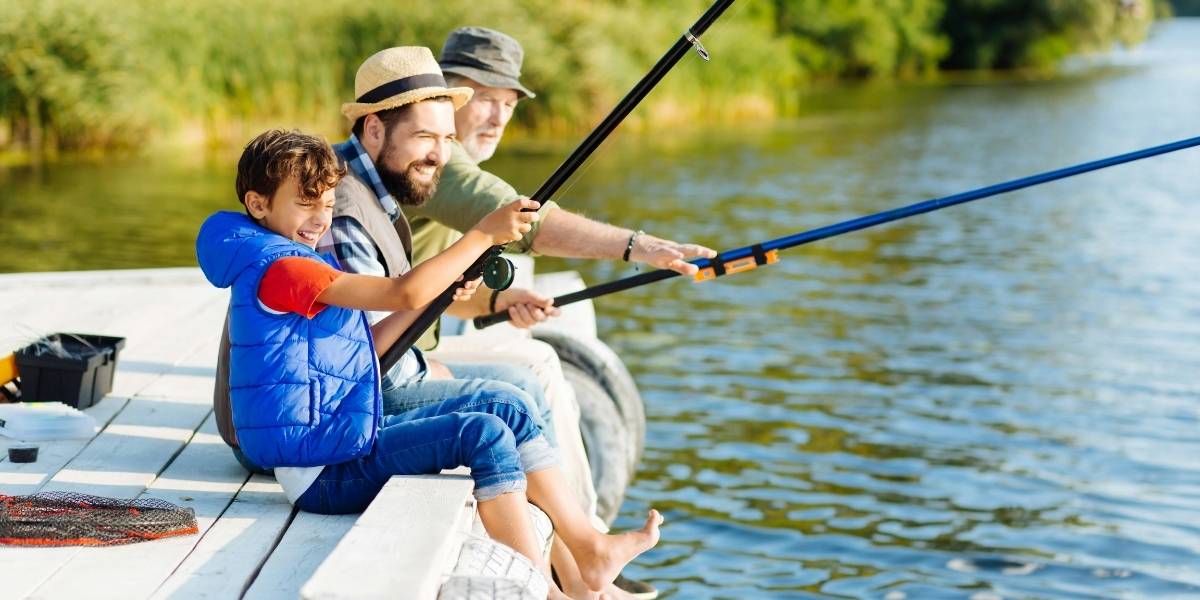Forest bathing, or shinrin-yoku, is a practice that invites individuals to immerse themselves in nature to promote health and overall well-being. First introduced in Japan in the 1980s, it has gradually gained popularity worldwide. The focus of forest bathing is not on physical exercise, but on mindfulness and sensory engagement with the environment. This practice encourages individuals to slow down, breathe deeply, and connect with nature, which may help reduce stress and improve emotional health.
In the last few years, scientific interest in forest bathing has grown, with several studies suggesting that spending time in nature could have tangible health benefits. These benefits are not limited to the reduction of stress; spending time in the forest may also improve mood, enhance cognitive function, and even bolster immune system performance. For those seeking a more peaceful state of mind or looking to simply unwind, forest bathing offers a gentle path to mental and physical relaxation.
Read also: From Hot Springs to Forest Baths: The Evolution of Wellness Travel
How Does Forest Bathing Improve Mental Wellbeing?
The act of spending time in nature can positively affect mental health. The concept behind forest bathing is rooted in the idea that connecting with the natural world can encourage mindfulness and relaxation. By intentionally engaging with the forest’s sights, sounds, and smells, individuals may feel a decrease in their overall stress levels.
Some research indicates that exposure to natural settings can help reduce cortisol levels, a hormone associated with stress, thereby promoting a calmer and more focused state of mind. Moreover, forest bathing encourages a reduction in the distractions that often bombard people in urban environments. Whether it’s the rustling of leaves or the scent of pine needles, the sensory experiences of being in nature can be grounding, helping individuals reorient themselves in the present moment.
What Are the Potential Physical Benefits of Forest Bathing?
Although the focus of forest bathing is primarily on mental wellbeing, there are potential physical benefits as well. Some studies suggest that regular immersion in nature may improve immune function, as spending time in natural environments could increase the body’s production of natural killer cells, which are important in fighting off infections.
Additionally, walking through a forest can provide light physical activity. While forest bathing does not require strenuous movement, the simple act of walking or standing in nature can contribute to cardiovascular health, improve circulation, and enhance muscle function. This gentle form of exercise can benefit those who are looking to promote their physical health without overexerting themselves.
Where Can You Experience Forest Bathing in Virginia?
Virginia boasts a variety of natural settings that are well-suited to forest bathing. The state’s diverse landscapes, including forests, parks, and gardens, provide ample opportunities for individuals to engage with nature and experience the potential benefits of this practice.
Shenandoah National Park is one of the more popular destinations for forest bathing in Virginia. This park, with its vast network of trails and stunning views of the Blue Ridge Mountains, offers visitors a chance to connect with the natural world in a serene and peaceful setting. Many of the park’s trails allow for slow, contemplative walks, which is ideal for practicing mindfulness and forest bathing.
For those who may be closer to urban areas, Pocahontas State Park near Richmond provides a peaceful retreat. The park’s woodland trails and picturesque lakes create a perfect backdrop for a mindful walk through the forest. It offers the chance to escape the noise of city life and engage with nature without needing to travel far from home.
Another option is Great Falls Park, located near the Washington, D.C. metropolitan area, which features scenic walking trails through wooded areas. The park offers a unique environment for practicing forest bathing, with its flowing waters and quiet forest paths.
How to Practice Forest Bathing?
Practicing forest bathing doesn’t require any specialized equipment, and the process itself is simple and accessible. The core of forest bathing is the slow, intentional engagement with nature. Here’s how an individual might approach it:
The first step is to find a natural setting, such as a forest, park, or nature reserve, where you feel comfortable. It’s not necessary to plan out an intense physical activity; the goal is to simply be present in the natural surroundings. Leave behind distractions, such as electronic devices, so that you can focus fully on the experience.
As you move through the forest or nature area, allow yourself to engage your senses. Notice the colors and shapes of the trees, listen to the sounds of leaves rustling in the wind, feel the texture of tree bark or leaves, and even breathe in the natural scents of the environment. The practice encourages slow, mindful movement, so it’s not about rushing or hiking long distances, but about observing and absorbing the environment around you.
Many find that spending around 30 minutes to an hour in nature is sufficient for a meaningful experience, though the duration can vary depending on individual preferences. It’s important to be open to the process, allowing the forest to guide the experience without having any set expectations.
What Are the Social Benefits of Forest Bathing?
While much of the discussion around forest bathing focuses on its individual benefits, the practice can also have social advantages. Some individuals may prefer to experience forest bathing alone, seeking solitude and quiet in nature. However, group forest bathing sessions can foster social connections and a sense of community. Engaging in mindful activities together in a natural setting can help build stronger social bonds and offer a shared experience that promotes wellbeing.
Groups that practice forest bathing may engage in discussions or reflections after their experience, sharing thoughts or feelings about their time in nature. These types of social interactions can also support emotional growth and enhance feelings of connection with others.
How Long Should You Practice Forest Bathing?
There is no set length of time required for forest bathing, as it is a deeply personal experience. Research suggests that even a short amount of time spent in nature, such as 20 to 30 minutes, can provide noticeable benefits for relaxation and stress reduction. Longer sessions may provide deeper feelings of calm and clarity, but the duration of the experience depends on how much time the individual is able to devote.
For those new to forest bathing, starting with short sessions and gradually increasing the time spent in nature might make the experience feel more comfortable. It’s also important to remember that the quality of the experience is often more significant than the duration.
Read also: From Mountains to Coast: Top Adventure Sports for Travelers in Virginia
Can Forest Bathing Improve Overall Health and Wellbeing?
Forest bathing has shown potential in improving overall health, both mentally and physically. The practice promotes mindfulness, which can reduce anxiety, improve mood, and provide a sense of peace. Physically, spending time in natural environments may help to boost the immune system and improve cardiovascular health by encouraging gentle movement.
Beyond these immediate benefits, regular forest bathing might contribute to a long-term sense of balance and wellbeing. Many individuals report feeling more connected to nature and more resilient in their day-to-day lives after incorporating this practice. Whether it is done as a solitary experience or with others, forest bathing can serve as an accessible tool for improving overall quality of life.
As more research continues into the benefits of time spent in nature, forest bathing offers a simple yet effective way to reconnect with the natural world and take a break from the pressures of modern life. With its growing popularity, more people are discovering the positive impact that nature can have on mental and physical health.








